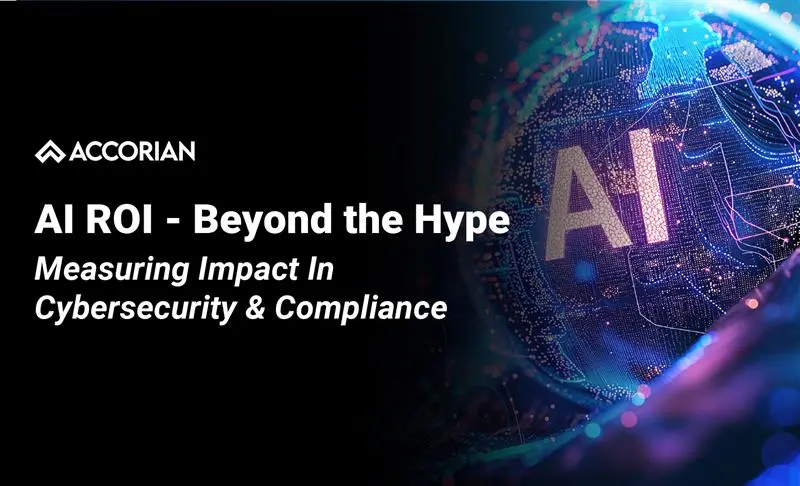
AI ROI: Beyond the Hype
As artificial intelligence (AI) becomes embedded in enterprise security and governance, the conversation is shifting from adoption to accountability. Organizations are no longer asking “Should
Choosing the Right ISO for Cloud | Privacy | AI | Date: 19th November 2025 | Time: 12:30 PM EST


As artificial intelligence (AI) becomes embedded in enterprise security and governance, the conversation is shifting from adoption to accountability. Organizations are no longer asking “Should
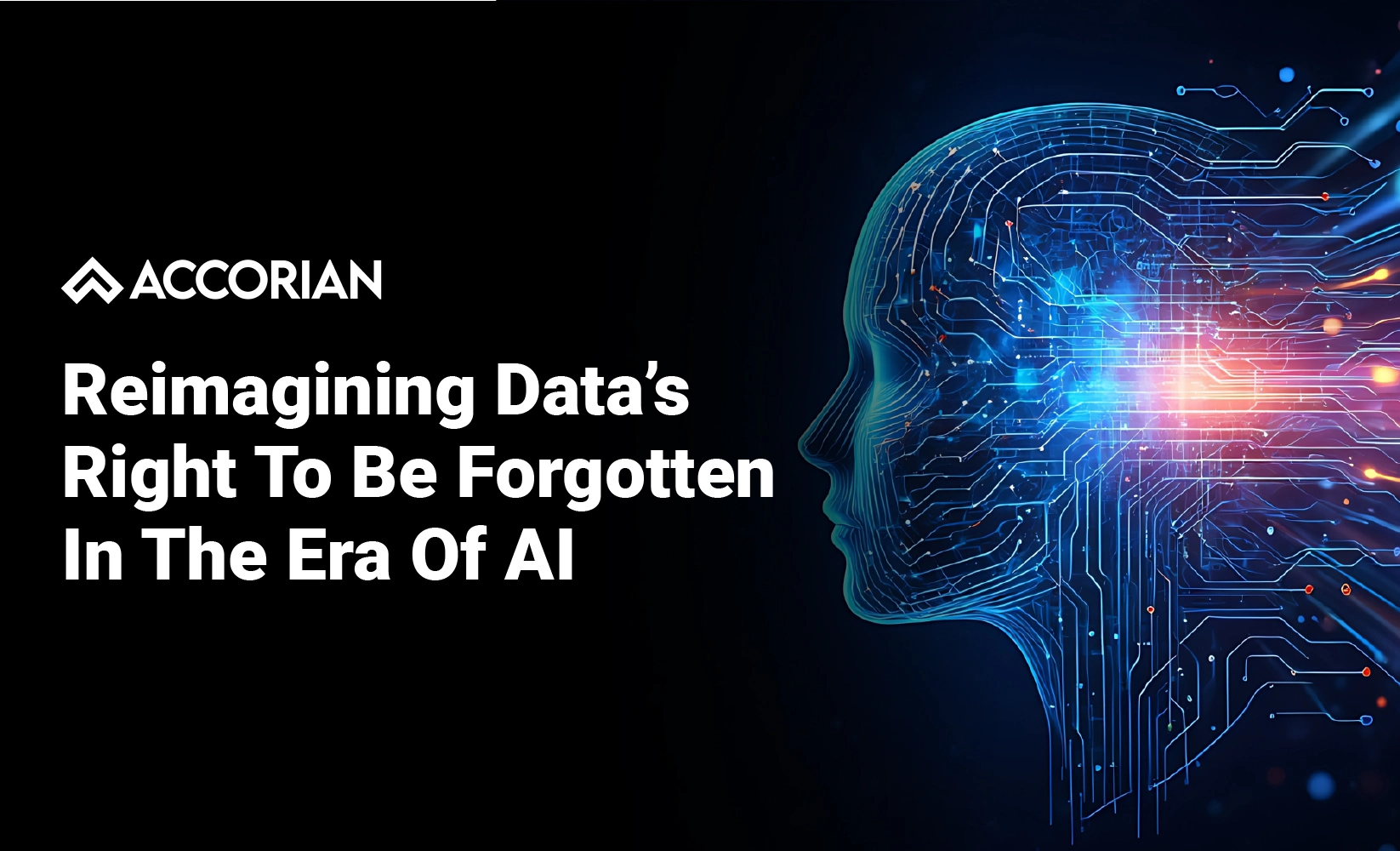
The exponential growth of artificial intelligence (AI) has transformed how organizations collect, process, and derive insights from data. However, this transformation has introduced significant friction
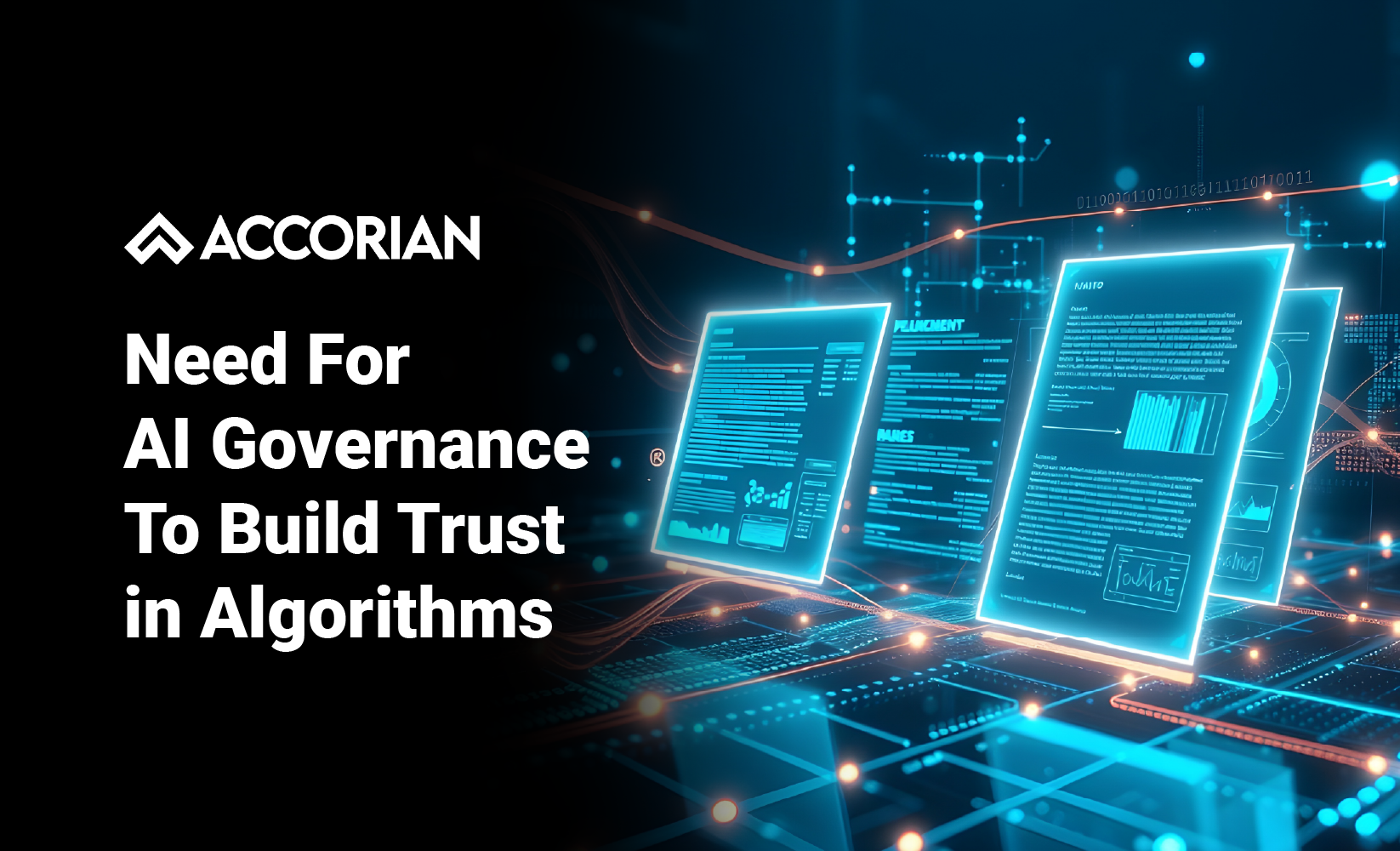
The Age of Algorithmic Authority Artificial Intelligence (AI) has transcended its experimental roots to become a foundational force in global decision-making. From healthcare diagnostics and
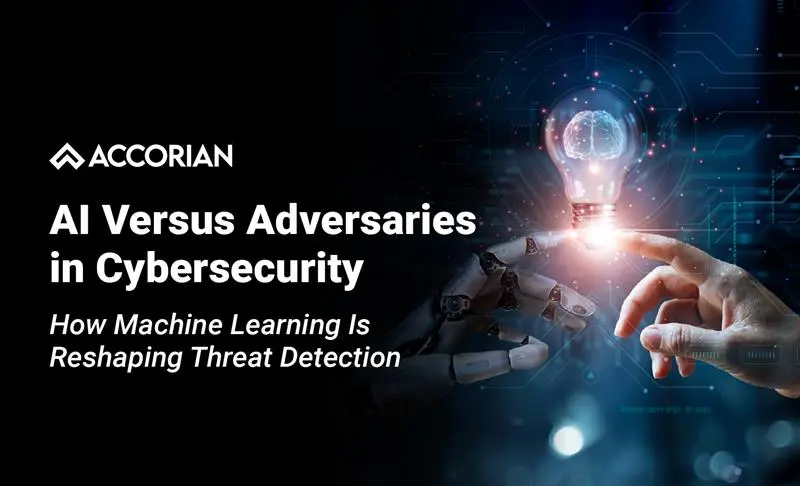
The Cybersecurity Arms Race In today’s digital battlefield, cyber threats are evolving faster than traditional defenses can respond. From polymorphic malware to AI-generated phishing campaigns,
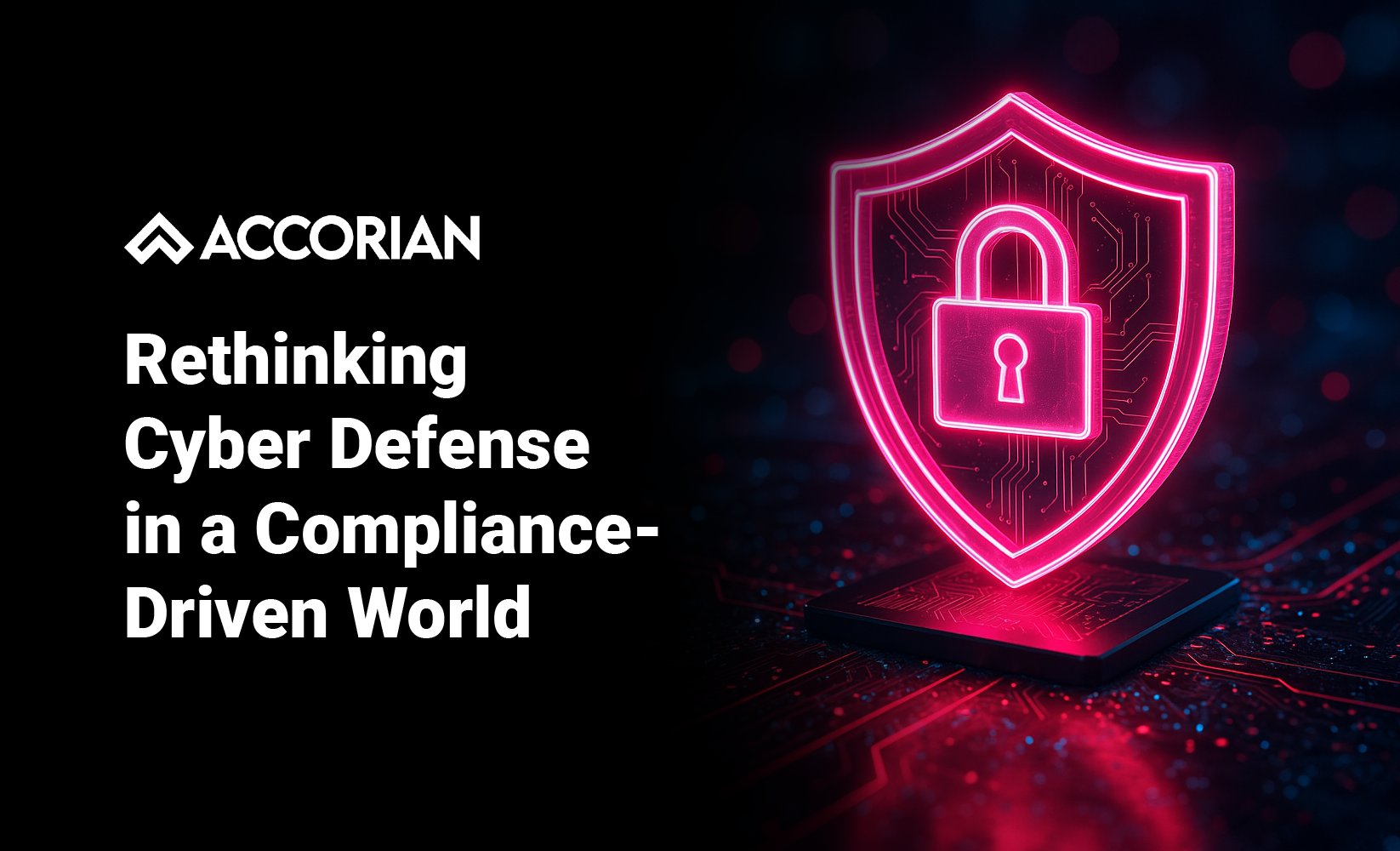
The False Sense of Safety In an era of escalating cyber threats, regulatory compliance has become a cornerstone of enterprise risk management. From HIPAA and
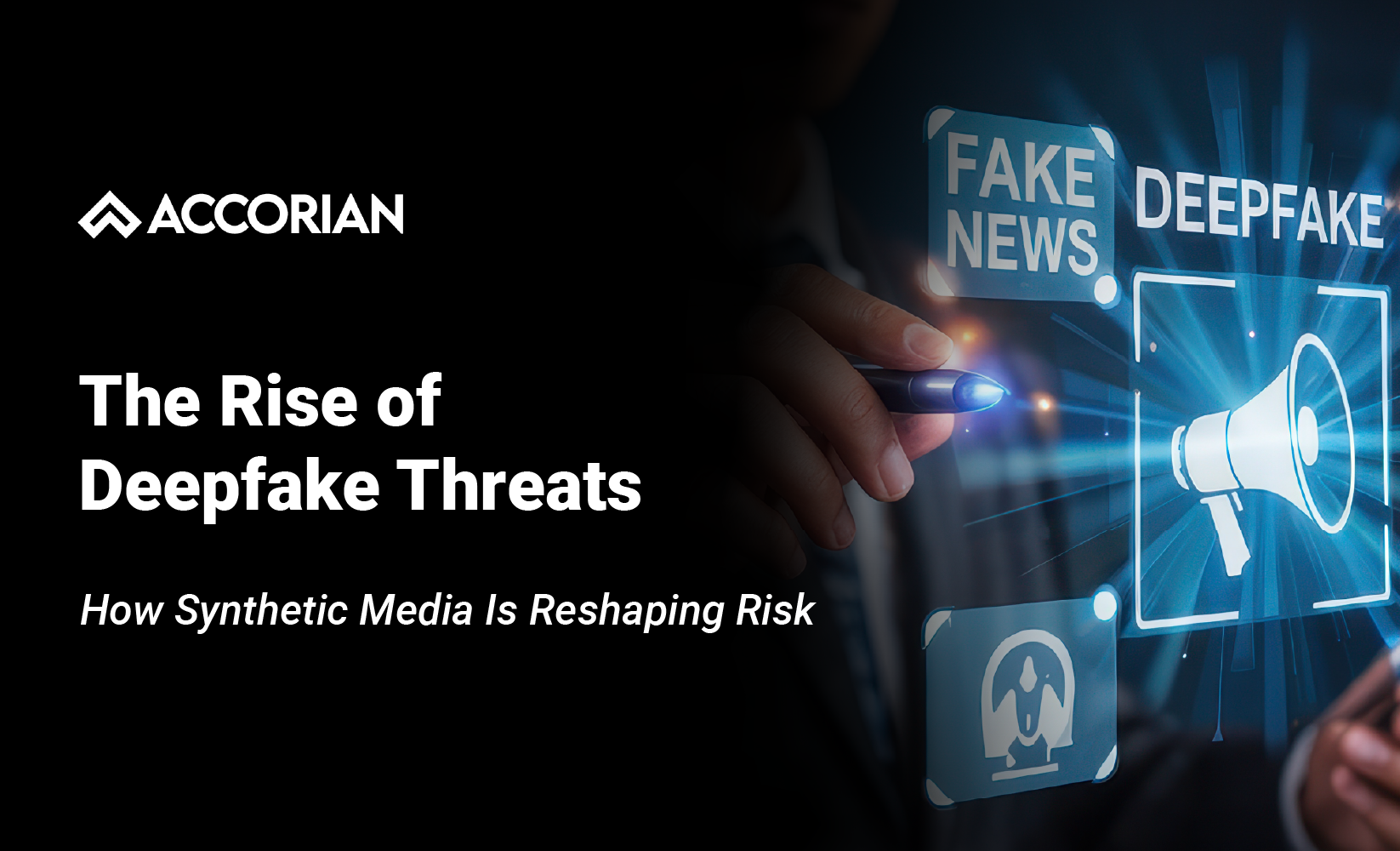
A New Era of Digital Deception In the age of AI-driven innovation, synthetic media, particularly deepfakes, has emerged as one of the most disruptive forces
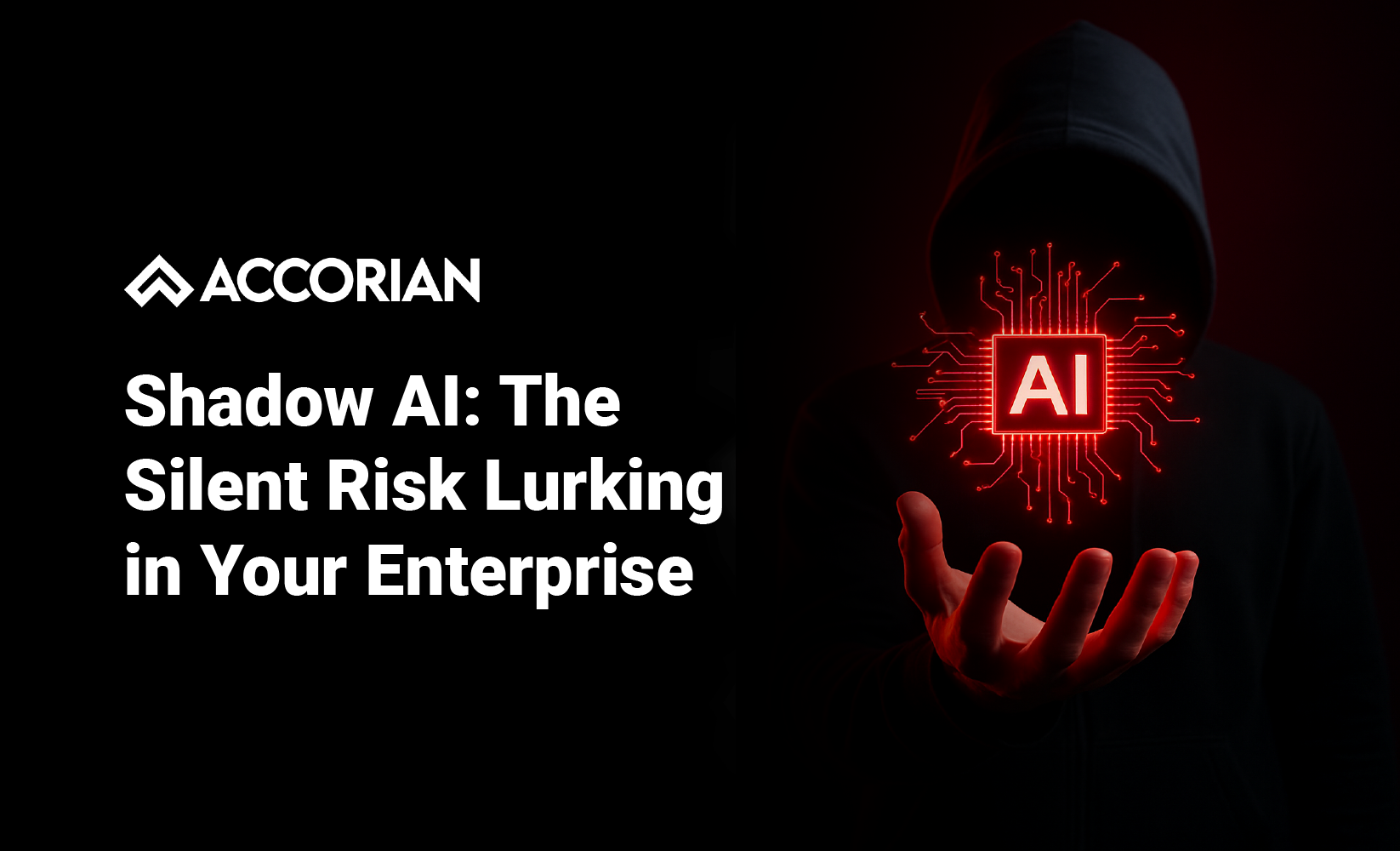
In the race to adopt artificial intelligence, many organizations are sprinting ahead, sometimes without realizing who’s holding the baton. Enter Shadow AI: the unsanctioned, unmanaged
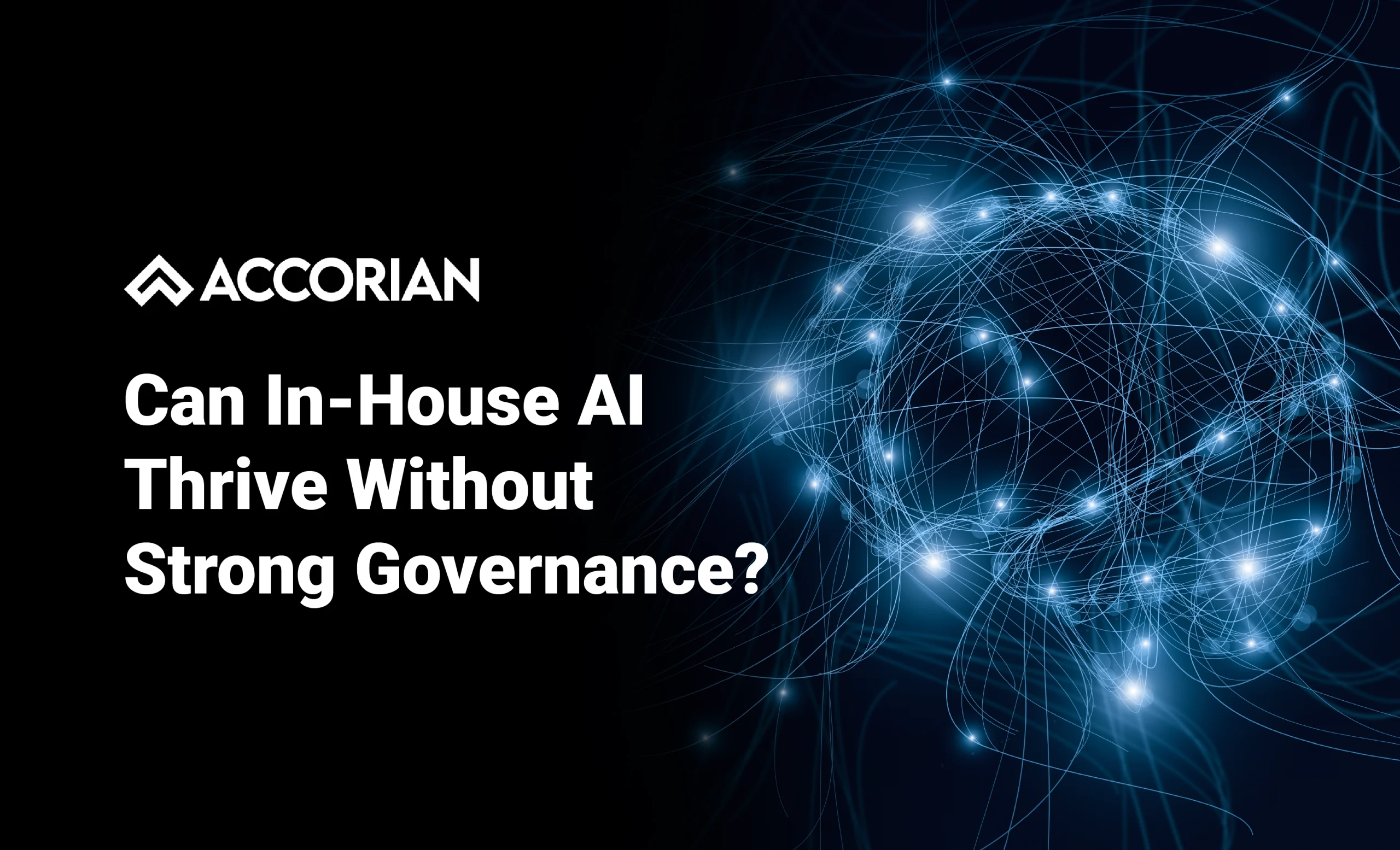
As enterprises rush to harness the power of artificial intelligence, many are opting to build AI models in-house, driven by the promise of proprietary insights,
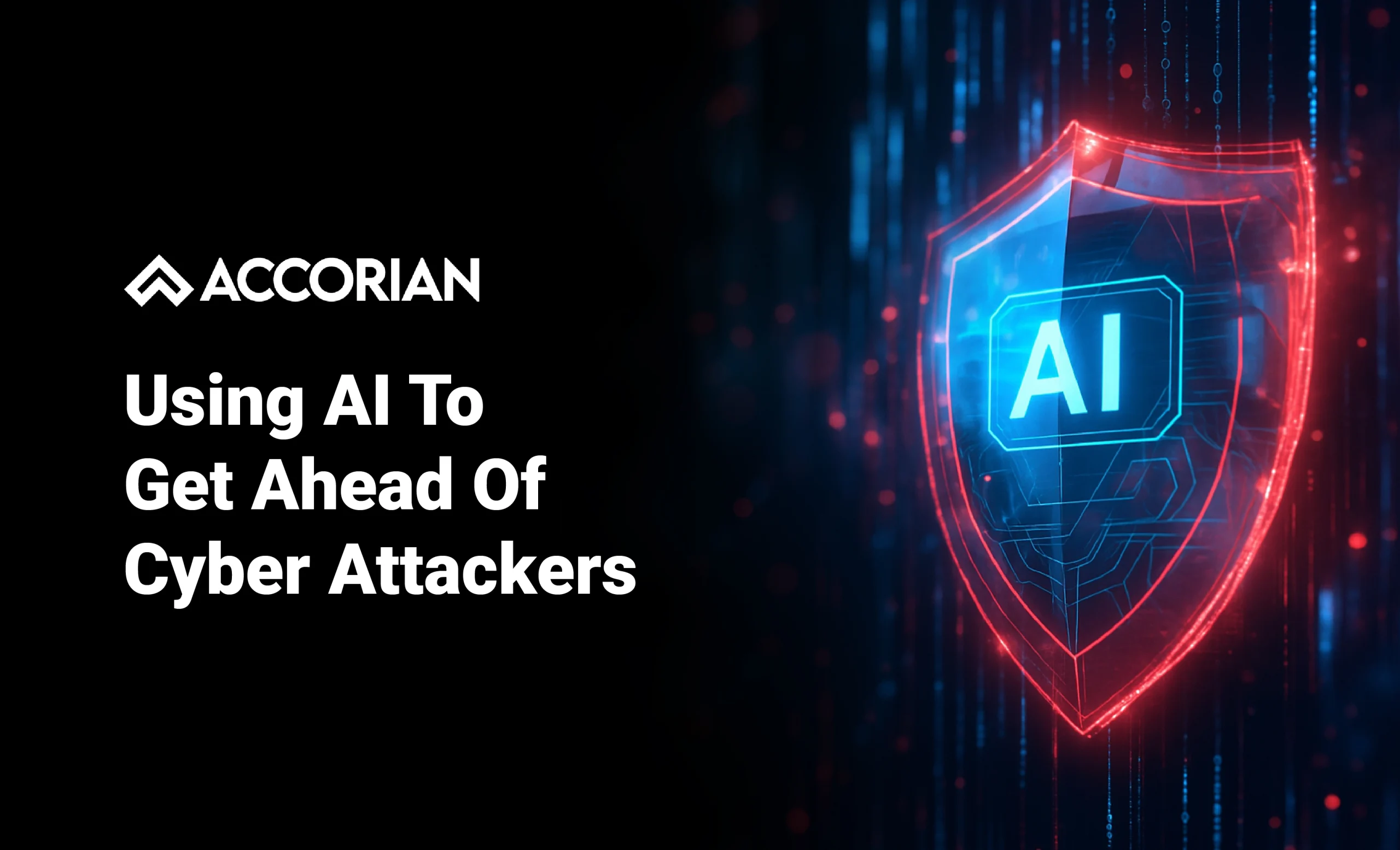
Artificial intelligence has rapidly become a cornerstone of modern cybersecurity strategy. AI’s role spans both offensive and defensive operations, reshaping how security teams detect, respond

The buzz around AI isn’t just loud, it’s relentless. Boardrooms, LinkedIn discussions, and industry panels are all dominated by a single, urgent question: Where is